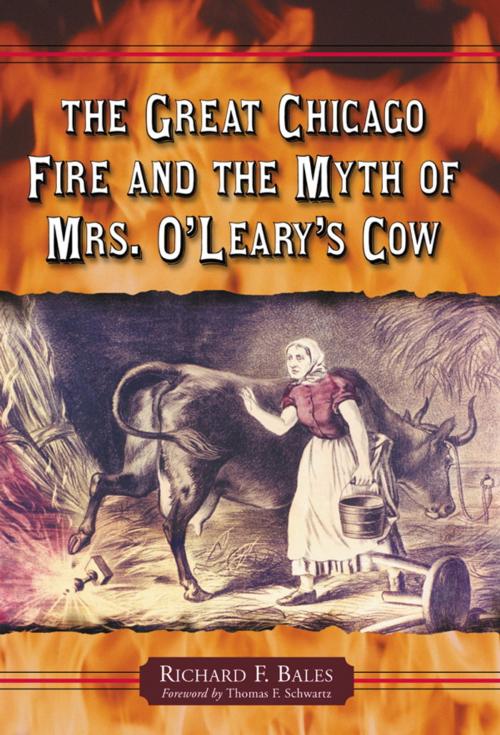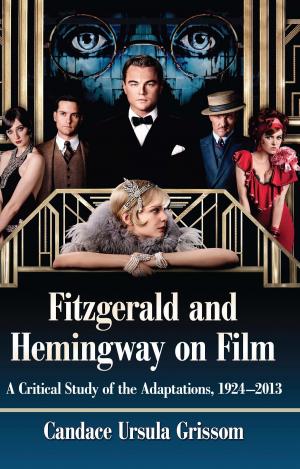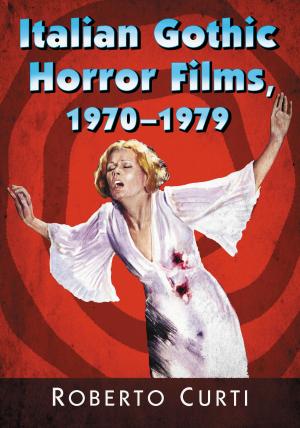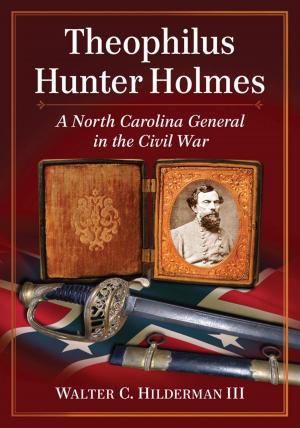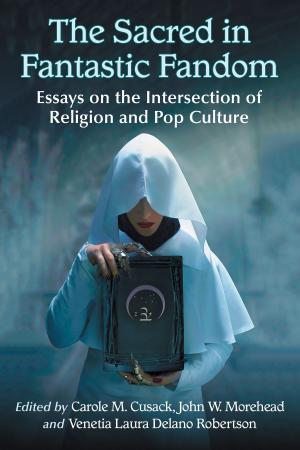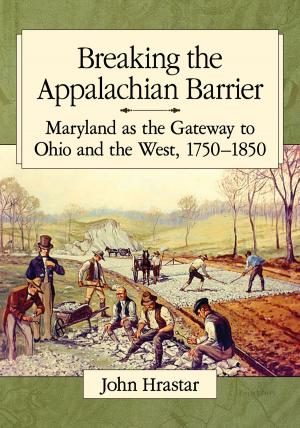The Great Chicago Fire and the Myth of Mrs. O'Leary's Cow
Nonfiction, Social & Cultural Studies, Social Science, Cultural Studies, Popular Culture, History, Americas, United States| Author: | Richard F. Bales | ISBN: | 9781476604763 |
| Publisher: | McFarland & Company, Inc., Publishers | Publication: | September 1, 2015 |
| Imprint: | Language: | English |
| Author: | Richard F. Bales |
| ISBN: | 9781476604763 |
| Publisher: | McFarland & Company, Inc., Publishers |
| Publication: | September 1, 2015 |
| Imprint: | |
| Language: | English |
The Great Chicago Fire of 1871 swallowed up more than three square miles in two days, leaving thousands homeless and 300 dead. Throughout history, the fire has been attributed to Mrs. O’Leary, an immigrant Irish milkmaid, and her cow. On one level, the tale of Mrs. O’Leary’s cow is merely the quintessential urban legend. But the story also represents a means by which the upper classes of Chicago could blame the fire’s chaos on a member of the working poor. Although that fire destroyed the official county documents, some land tract records were saved. Using this and other primary source information, Richard F. Bales created a scale drawing that reconstructed the O’Leary neighborhood. Next he turned to the transcripts—more than 1,100 handwritten pages—from an investigation conducted by the Board of Police and Fire Commissioners, which interviewed 50 people over the course of 12 days. The board’s final report, published in the Chicago newspapers on December 12, 1871, indicates that commissioners were unable to determine the cause of the fire. And yet, by analyzing the 50 witnesses’ testimonies, the author concludes that the commissioners could have determined the cause of the fire had they desired to do so. Being more concerned with saving their own reputation from post-fire reports of incompetence, drunkenness and bribery, the commissioners failed to press forward for an answer. The author has uncovered solid evidence as to what really caused the Great Chicago Fire.
The Great Chicago Fire of 1871 swallowed up more than three square miles in two days, leaving thousands homeless and 300 dead. Throughout history, the fire has been attributed to Mrs. O’Leary, an immigrant Irish milkmaid, and her cow. On one level, the tale of Mrs. O’Leary’s cow is merely the quintessential urban legend. But the story also represents a means by which the upper classes of Chicago could blame the fire’s chaos on a member of the working poor. Although that fire destroyed the official county documents, some land tract records were saved. Using this and other primary source information, Richard F. Bales created a scale drawing that reconstructed the O’Leary neighborhood. Next he turned to the transcripts—more than 1,100 handwritten pages—from an investigation conducted by the Board of Police and Fire Commissioners, which interviewed 50 people over the course of 12 days. The board’s final report, published in the Chicago newspapers on December 12, 1871, indicates that commissioners were unable to determine the cause of the fire. And yet, by analyzing the 50 witnesses’ testimonies, the author concludes that the commissioners could have determined the cause of the fire had they desired to do so. Being more concerned with saving their own reputation from post-fire reports of incompetence, drunkenness and bribery, the commissioners failed to press forward for an answer. The author has uncovered solid evidence as to what really caused the Great Chicago Fire.
